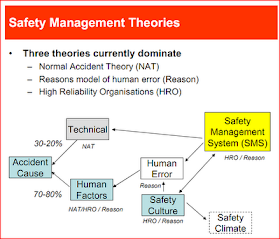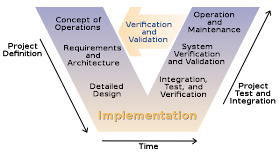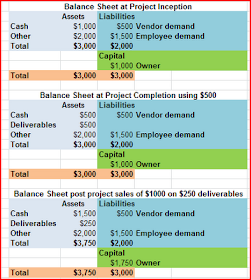This posting doesn't have the silver bullet. I'm sure you're shocked!
Nevertheless, a posting by Norman Marks entitled "Explaining the value off risk management" caught my eye. Marks is a business commentator, so not really a member of our community. He listed six arguments in favor of risk management, after first making this statement:
"Some people justify risk management by explaining how it protects value. That doesn’t work for me: it is true, but unlikely to open the wallet. I think you have to talk about how risk management helps the organization excel."
Fair enough.
Among his six, I found three persuasive:
- Risk management enables better decisions, from setting corporate strategy, to driving major projects, to operational decision-making. With reliable, timely, and current information on risk (both the negative and positive potential) people can make better quality decisions
- This enables more risk-intelligent management, which can lead to optimized and sustained performance
- By anticipating potential events, the organization becomes more agile. It is able to respond quickly, whether to minimize the impact of adverse events or to seize opportunities for gain
In Marks' posting you'll find links to other related material. Among the recommendations you'll find there is admonition to not stovepipe risk management.
I couldn't agree more! It's a way of thinking and acting. Deming said: Plan, Do, Check, Act. In every element of this cycle, particularly 'check' and 'act', consideration for risk is part of the calculus.
Are you on LinkedIn? Share this article with your network by clicking on the link.







